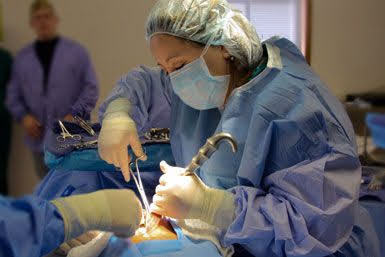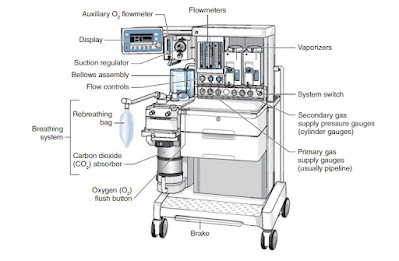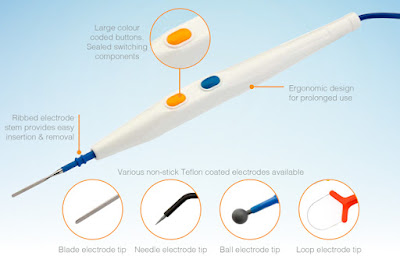Why Air Handling system (HVAC) is necessary inside operation theater?
Heating, ventilation, and air conditioning (HVAC) is the use of various technologies to control the temperature, humidity, and purity of the air in an enclosed space. Its objective is to provide thermal comfort and acceptable indoor air quality.
Here are some specific reasons why ventilation is important in an operation theater :
- Maintaining Sterility: During surgery, the patient's body is exposed, and the surgeon must make incisions and operate on the tissues. The air in the operation theater can carry bacteria and other contaminants that could infect the open wound. The ventilation system helps to control the airflow and filter out the impurities, reducing the risk of infection.
- Reducing cross contamination: Patients undergoing surgery are often susceptible to infections, and the medical staff in the operation theater must take extra precautions to avoid cross contamination. Proper ventilation helps to control the flow of air and reduce the spread of airborne particles that can transmit infections.
- Removing Odors: Surgery often involves the use of chemicals and other substances that can produce strong odors. The ventilation system helps to remove these odors from the air, making the environment more comfortable for patients and staff.
- Controlling Humidity: High humidity levels in the operation theater can promote the growth of mold and bacteria. Proper ventilation helps to regulate the humidity levels, reducing the risk of infection and creating a more comfortable environment.
- What are the CDC (central depository company) Guidelines for Isolation Rooms?
- Air Filtration flow rates to attain 12 air changes per hour (ACH)
- Negative Pressure to be greater than 0.01 inches.
- Monitoring to validate negative pressure.
Air Filtration efficiency to be 99.97% or higher as measured against 0.3 micron particle size (HEPA).
HEPA filters are composed of a mat of randomly arranged fibers. The fibers are typically composed of fiberglass and possess diameters between 0.5 and 2.0 micrometers. Key factors affecting its functions are fiber diameter, filter thickness, and face velocity. The air space between HEPA filter fibers is typically much greater than 0.3 μm. HEPA filters are designed to target much smaller pollutants and particles.
These particles are trapped (they stick to a fiber) through a combination of the following three mechanisms:
1. Diffusion : The particles traverse the flow stream, they collide with the fiber & are collected.
2. Interception: These mid sized particles follow the flow stream as it bends through the fiber spaces. Particles are intercepted or captured when they touch a fiber.
3. Inertial impaction : particle inertia causes it to leave the flow streamlines & impact on the fibre.
4. Electrostatic attraction : It contain layers meant to charge particles as they pass through , making the job of attractive layer of filter easier.

Mechanisms Involved
- Airflow Dynamics: The system relies on fans within the AHU to create airflow, pushing fresh air into the operating room while exhausting stale air.
- Filtration: HEPA filters trap particles as air passes through, maintaining air quality.
- Control Systems: Automated controls adjust fan speeds, dampers, and temperature settings based on real-time sensor data to maintain desired conditions.
- Pressure Regulation: Positive pressure is maintained through careful design and control of air supply and exhaust, preventing contaminants from entering the surgical space.
Full Fresh Air:

Overall, ventilation is a critical component of operation theater design and operation. It helps to maintain a sterile environment, reduce the risk of infection, and ensure the safety and comfort of patients and medical staff.



